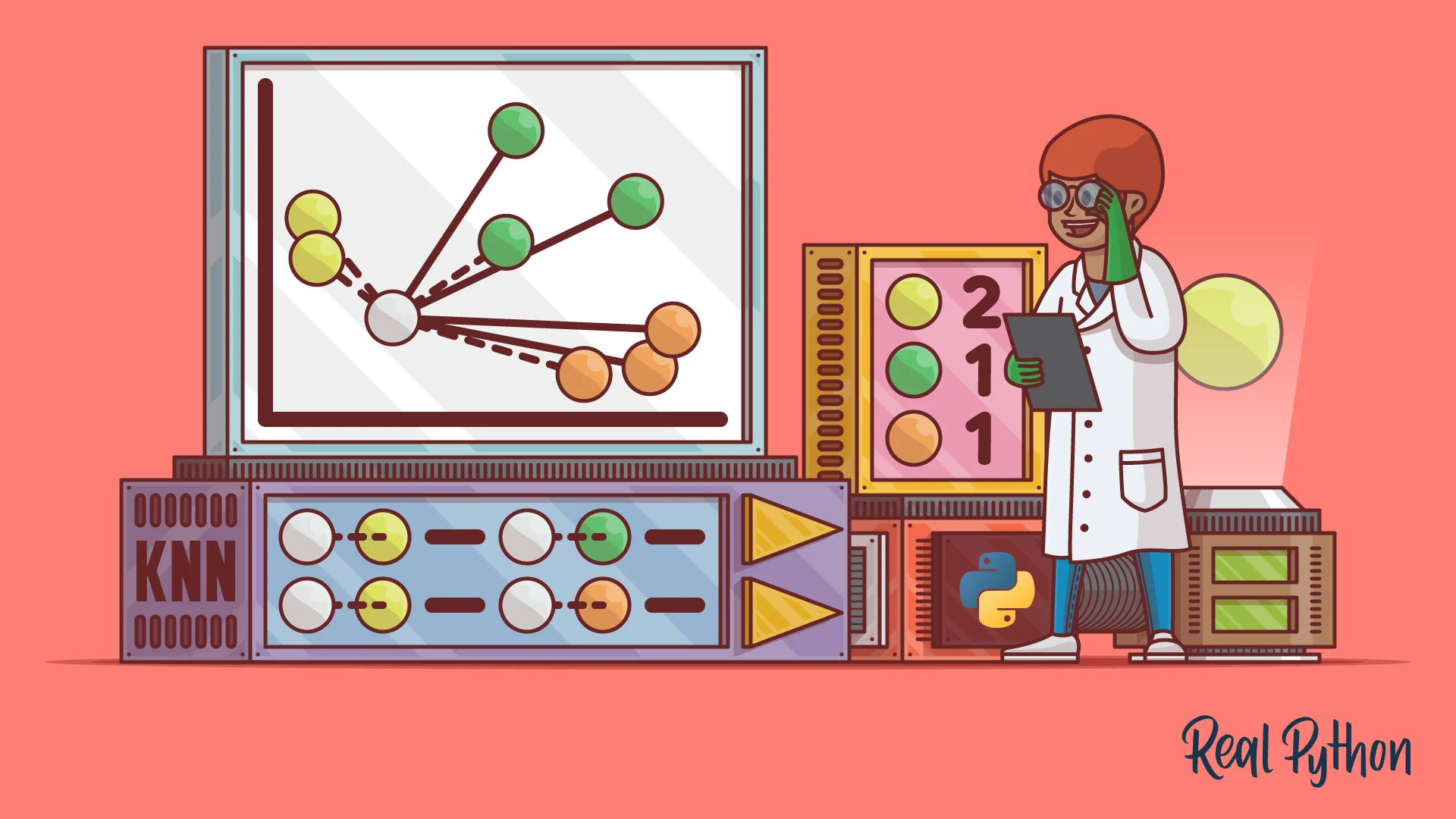K-Nearest Neighbors (KNN): A Simple and Intuitive Machine Learning Algorithm
 Kenneth Akpo
Kenneth Akpo
Introduction
In the vast landscape of machine learning algorithms, the K-Nearest Neighbors (KNN) algorithm stands out as a remarkably intuitive yet powerful approach to classification and regression tasks. Rooted in the concept of proximity, KNN has found widespread use in diverse fields such as image recognition, recommendation systems, and anomaly detection. In this article, we will explore the fundamentals of the K-Nearest Neighbors algorithm, its underlying principles, and its applications in real-world scenarios.
Proximity-Based Classification and Regression
At the heart of the KNN algorithm lies a simple yet elegant idea: objects that are close to each other in a feature space are likely to share similar characteristics. KNN leverages this notion of proximity to make predictions about new, unseen data points.
For classification tasks, KNN assigns a label to a data point based on the majority label of its k nearest neighbors. In other words, if most of the k nearest neighbors belong to a particular class, the algorithm predicts that the new data point belongs to the same class.
For regression tasks, KNN predicts a continuous value for a data point by averaging the target values of its k nearest neighbors.
The KNN Process
The KNN algorithm can be summarized in the following steps:
Choose the Value of k: Select an appropriate value for k, which determines how many nearest neighbors will influence the prediction.
Calculate Distances: Measure the distances between the new data point and all other data points in the dataset using a distance metric (e.g., Euclidean distance).
Identify Neighbors: Identify the k data points with the shortest distances to the new data point.
Make Prediction: For classification, assign the label that appears most frequently among the k neighbors. For regression, compute the average of the target values of the k neighbors.
Choosing the Right k and Distance Metric
Selecting the right value of k is crucial. A small k may lead to noisy predictions, while a large k can smooth out local patterns. The choice of distance metric depends on the nature of the data. Common distance metrics include Euclidean distance, Manhattan distance, and cosine similarity.
Applications of KNN
KNN's versatility and simplicity make it applicable in various domains:
Image Recognition: KNN can be used for image classification, where the "nearest neighbors" are images with similar features.
Recommendation Systems: It powers collaborative filtering in recommendation systems by suggesting items based on the preferences of similar users.
Anomaly Detection: KNN identifies anomalies by flagging data points that have dissimilar neighbors.
Regression Analysis: KNN can be used for predicting continuous values, such as housing prices, based on similar data points.
Medical Diagnosis: KNN helps in diagnosing diseases by comparing patient data with similar historical cases.
Strengths and Weaknesses
KNN's strengths lie in its simplicity, ease of implementation, and adaptability to different data types. However, it has some limitations:
Computationally Intensive: Calculating distances for every data point can be time-consuming for large datasets.
Sensitive to Data: Outliers or irrelevant features can impact predictions.
Feature Scaling: KNN is sensitive to the scale of features, so feature scaling is often necessary.
Conclusion
The K-Nearest Neighbors algorithm, with its intuitive approach to proximity-based predictions, remains a valuable tool in the machine learning landscape. It exemplifies the essence of data-driven decision-making, where predictions are guided by the patterns and relationships observed in the data itself. While more sophisticated algorithms have emerged over time, KNN's simplicity, interpretability, and versatility continue to make it a valuable asset in a data scientist's toolkit.
Subscribe to my newsletter
Read articles from Kenneth Akpo directly inside your inbox. Subscribe to the newsletter, and don't miss out.
Written by

Kenneth Akpo
Kenneth Akpo
I'm a Software Developer with experience in Web and App Development, Machine Learning Development and Blockchain Development. I'm also an Innovation Officer.